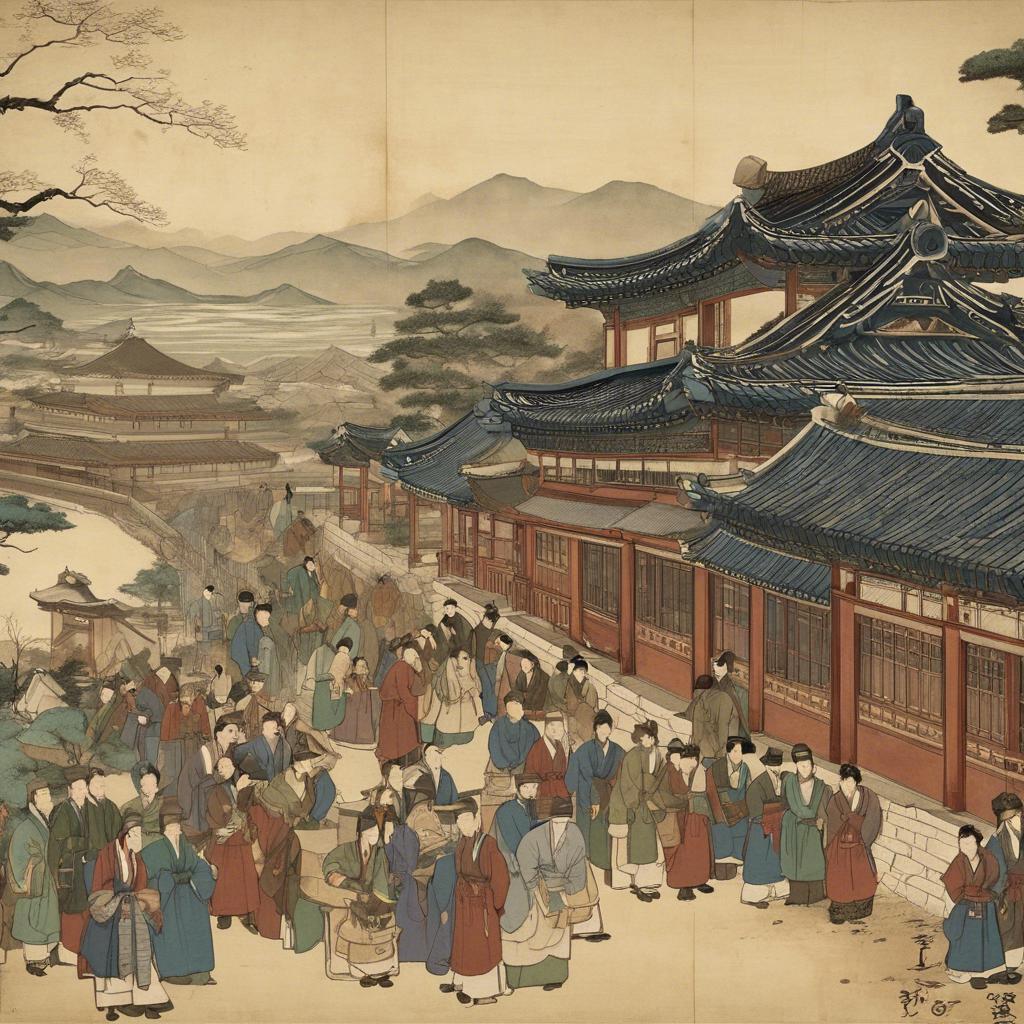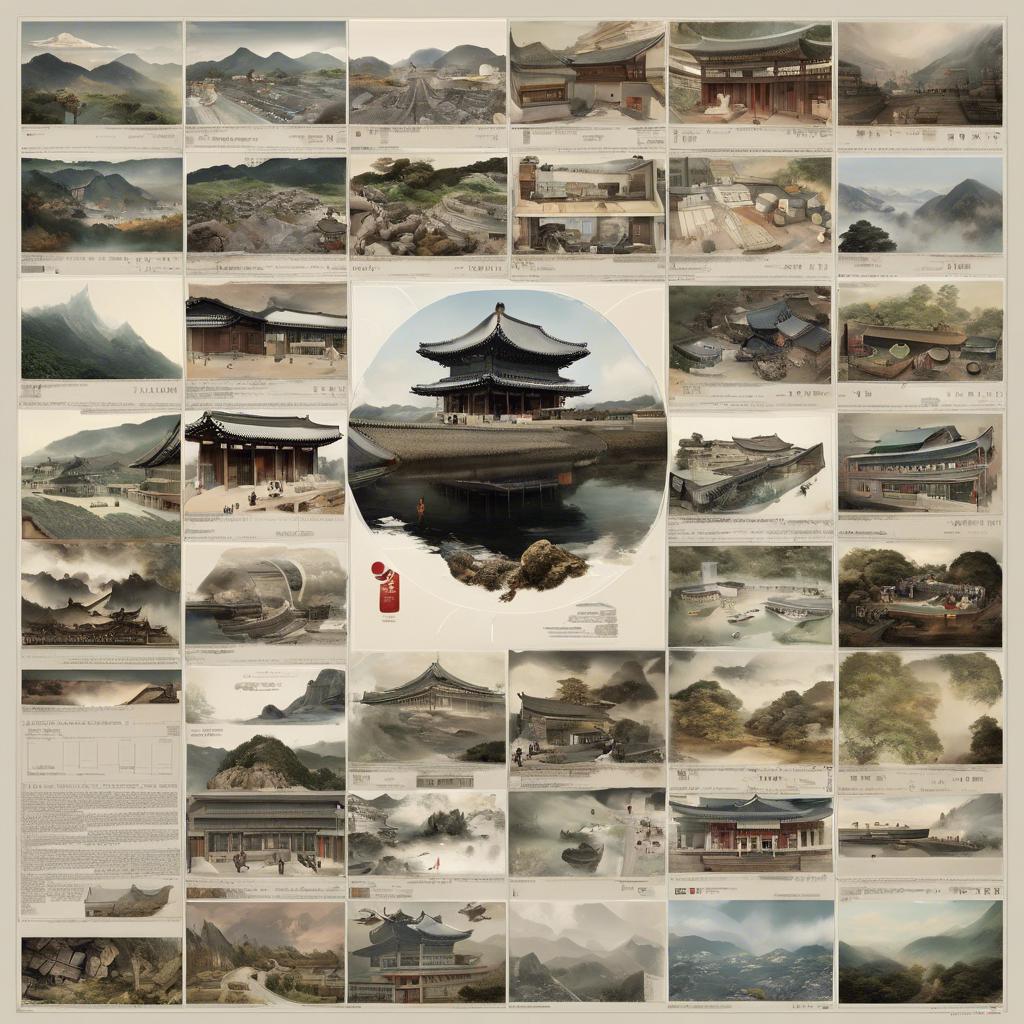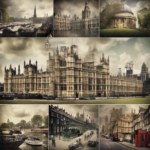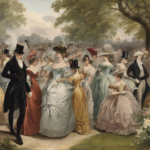The Regency Era in Korea, also known as the Joseon Regency, was a pivotal period in Korean history characterized by political intrigue, social upheaval, and cultural transformation. Spanning from 1864 to 1897, the Regency Era marked the decline of the Joseon dynasty and the emergence of modernization efforts in Korea. This article will delve into the key events, figures, and societal changes that defined this tumultuous yet transformative era in Korean history.
Step Into the World of Cheryl Bolen
Dive into the enchanting stories of love, intrigue, and elegance set in the Regency Era. Cheryl Bolen's novels offer timeless romance and captivating tales that will leave you wanting more.
Explore Cheryl Bolen's Books Now
Historical Background of Regency Era Korea
The Regency Era in Korea, also known as the Joseon dynasty, lasted from 1392 to 1910. During this time, Korea underwent significant changes politically, socially, and culturally. The era saw the rise and fall of several influential rulers, as well as the country’s interactions with neighboring civilizations.
One of the most notable events during the Regency Era was the invasion of Korea by Japan in the late 16th century. This invasion, known as the Imjin War, had lasting effects on Korean society and culture. The country’s subsequent isolationist policies were a direct result of this turbulent period.
Despite the external threats and internal upheavals, the Regency Era also saw a flourishing of the arts and literature in Korea. Many famous works of Korean literature were produced during this time, highlighting the intellectual and cultural richness of the era.
Cultural Significance of Royal Court Intrigues
In the regency era Korea, the royal court intrigues held a significant cultural importance that shaped the political landscape of the time. These intrigues were not merely power struggles, but rather intricate dances of diplomacy, strategy, and manipulation that determined the fate of the kingdom.
One of the key aspects of royal court intrigues in regency era Korea was the emphasis on hierarchy and respect for authority. Court officials and nobles were expected to maneuver through the complex web of relationships with grace and subtlety, always mindful of their position in the social hierarchy. Failure to navigate these dynamics could result in a loss of status, influence, or even imprisonment or exile.
The court intrigues also served as a form of entertainment and social interaction for the nobility. Elaborate banquets, ceremonies, and performances were often held in conjunction with political machinations, blurring the lines between duty and pleasure. The intrigue and drama of the royal court were not only a reflection of the power dynamics at play, but also a testament to the sophistication and refinement of Korean culture during this period.
| Key Points |
|---|
| Emphasis on hierarchy and respect for authority |
| Entertainment and social interaction for the nobility |
| Reflection of power dynamics and cultural sophistication |
Economic Growth and Technological Advancements
In the regency era Korea, economic growth was heavily influenced by technological advancements that were being made during that time. There was a shift towards more efficient methods of agriculture, which resulted in increased crop yields and overall food production. This not only led to a surplus in food supply but also allowed for more diversity in the types of crops that could be grown.
One of the key technological advancements that significantly contributed to economic growth was the introduction of new manufacturing techniques. This led to the production of higher quality goods that were in demand both domestically and internationally. The increase in trade and commerce as a result of these advancements helped boost the economy and create new opportunities for business growth.
Furthermore, the regency era in Korea saw the development of infrastructure such as improved transportation routes and communication systems. This made it easier for goods and information to be exchanged across different regions, further stimulating economic growth. The combination of technological advancements and a growing economy during this period laid the foundation for Korea’s future prosperity.
Recommendations for Further Research and Exploration of Regency Era Korea
After delving into the intriguing world of Regency Era Korea, there are numerous avenues for further research and exploration that can deepen your understanding of this captivating time period. Here are some recommendations to guide your journey:
1. **Literature**: Dive into the rich literary tradition of Regency Era Korea by exploring works such as The Cloud Dream of the Nine and Hong Gildong. These classic texts offer valuable insights into the society, culture, and values of the time.
2. **Art and Architecture**: Study the exquisite art and architecture of Regency Era Korea, from stunning palaces and temples to intricate paintings and calligraphy. Visiting museums and art galleries dedicated to this period can provide a deeper appreciation for the aesthetics of the time.
The Conclusion
the regency era in Korea was a time of significant political, social, and cultural change. The power struggles and reforms that took place during this period had a lasting impact on the country and its people. From the rise of the Silhak movement to the establishment of the Joseon Dynasty, the regency era marks a pivotal moment in Korean history. By delving into the complexities and nuances of this period, we gain a deeper understanding of the evolution of Korean society and governance. As we continue to explore the rich tapestry of Korean history, the regency era stands out as a period of transformation and growth that shaped the country we know today.


